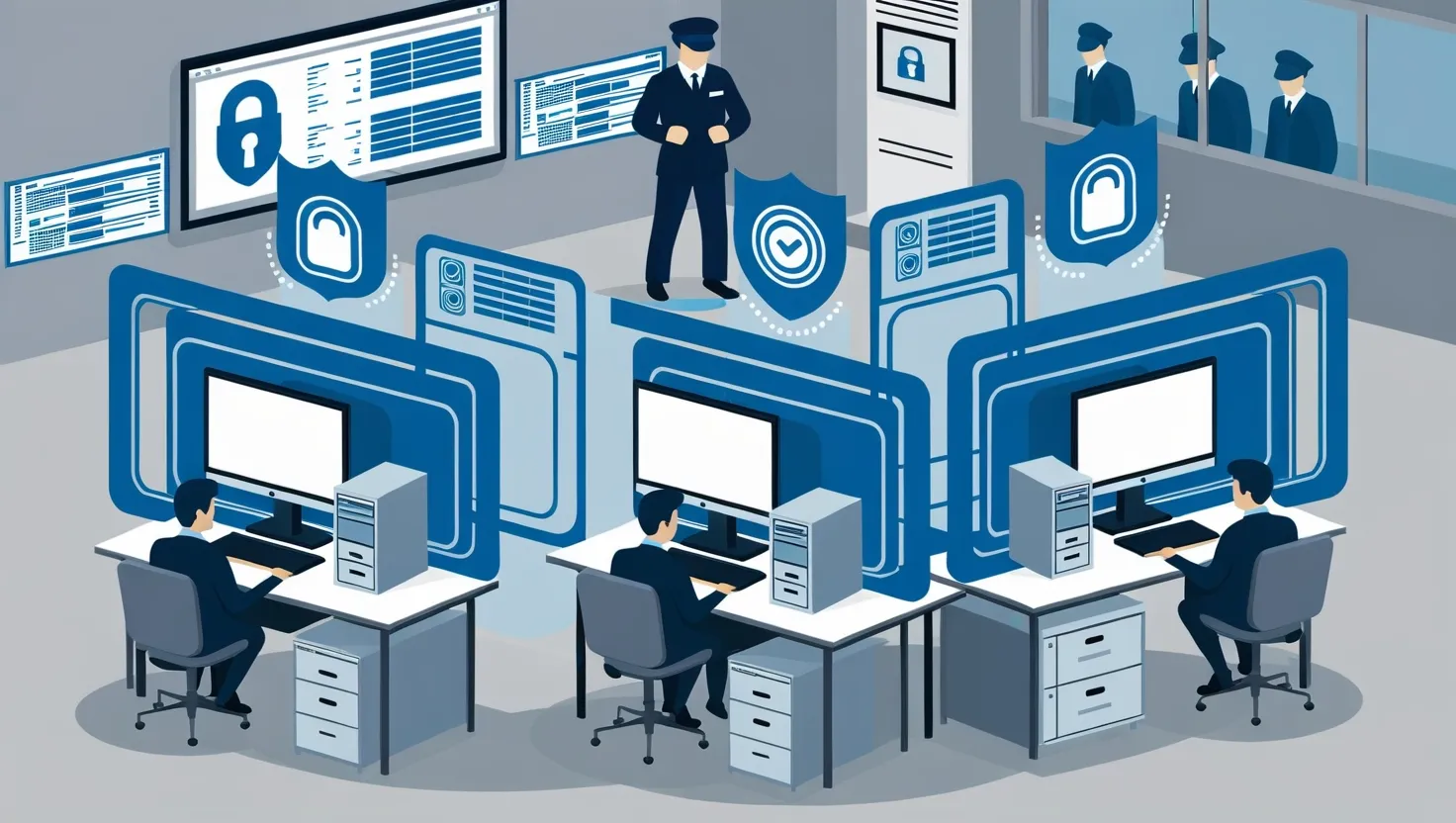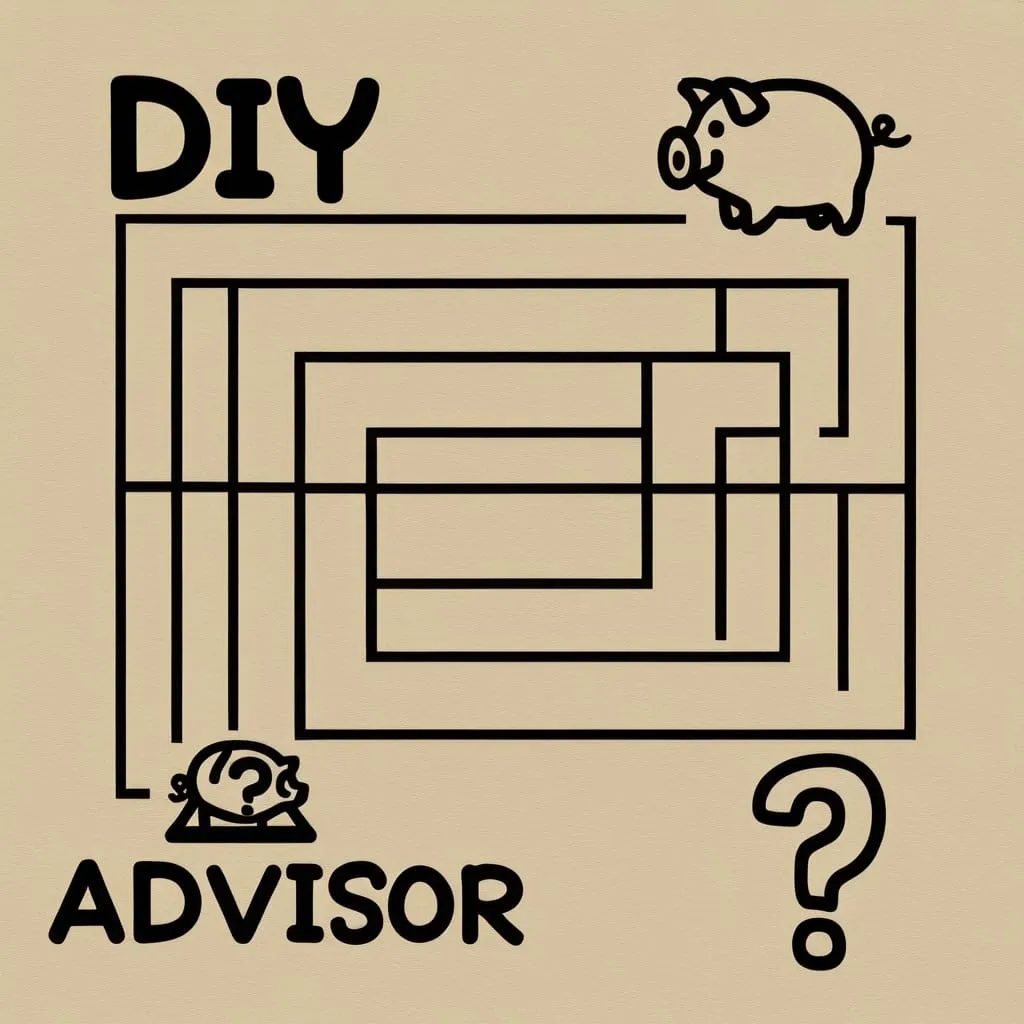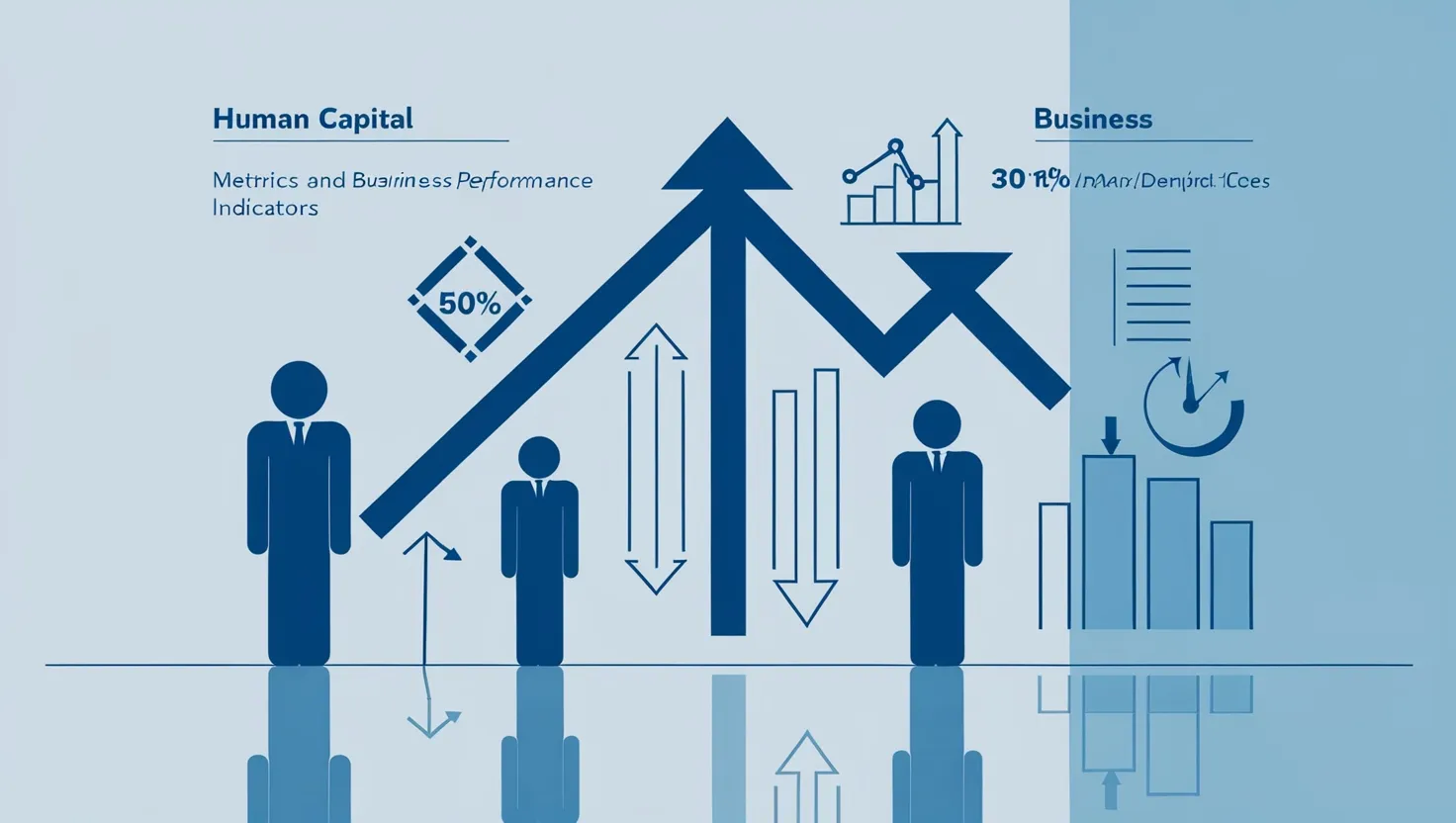Think back to the last time you heard about a major company facing a cyberattack. Did you wonder how something like that slips past the defenses of a modern business? I often do. Sitting with business owners across retail, manufacturing, and professional services, I notice a recurring disbelief—“We’re probably too small or under the radar for serious attacks.” Yet, reality checks come fast. Cybercriminals don’t discriminate by size. In fact, smaller companies are often their preferred targets because the defenses are presumed weaker. So what can be done now, not next year, to close the most common gaps?
Let’s start with a simple but powerful truth from legendary computer scientist Gene Spafford:
“The only truly secure system is one that is powered off, cast in a block of concrete, and sealed in a lead-lined room with armed guards—for the rest of its natural life.”
Since that’s clearly not practical for anyone, we need a different approach. It means building security that works day in and day out, layered, tested, and ready for the worst. Here’s how the most resilient companies quietly shift the odds in their favor.
The first layer is about how you let people in. Multi-factor authentication used to be something only banks cared about, but now, it’s the front line for every business. Companies I’ve worked with often implement it as just a password and a code sent to a phone. That’s a good start, but the game changes when you add biometrics or physical security keys. One engineering firm told me their move to key-based logins slammed the door on repeated credential theft attempts. They didn’t stop there. By requiring re-authentication for sensitive actions or when connecting from new devices, they shut down potential breaches before they start.
Have you ever tested your own staff with a simulated phishing attack? If not, it’s a revealing experience. One retailer set up quarterly tests, sending slightly suspicious emails to their entire team, including warehouse staff and upper management. At first, nearly a third of employees clicked links. But after three sessions and brief, friendly trainings, that number dropped to single digits. Their insurance premiums reflected this improved behavior too, dropping by 15% on renewal—real money, back in their pockets. This sort of regular, realistic simulation doesn’t just build technical skill; it cultivates a culture of healthy skepticism that pays dividends every day.
“Awareness is the greatest agent for change.” That’s not from a security expert, but from Oprah Winfrey, and it rings true in cybersecurity as much as in life.
Let’s talk about the robots quietly watching our backs—automated threat detection. Older systems might flag every odd login, but today’s tools are different. They use machine learning to spot patterns no human could see, like a sudden spike in downloads at midnight or logins from impossible locations. Manufacturers especially love these systems; one global supplier I know credits automated detection with blocking ransomware before it spread beyond two computers. The system isolated the attack and alerted IT within seconds, saving weeks of downtime and millions in lost contracts. These detection tools are no longer luxury items—they’re the silent sentinels every network needs.
Still, even the best defenses sometimes give way. Planning for this is not a sign of defeat but of wisdom. How fast could your team respond if data vanished or malicious code locked up your servers? Most businesses don’t know until it’s too late. That’s why incident response plans are essential. You need clear roles—who calls legal, who communicates with customers, who pulls systems offline. One professional services company mapped out every step, down to who takes notes during a crisis call. When they faced an actual breach, they were back online in hours, not days. Do you know your plan? Have you run a tabletop exercise to test it under pressure? If not, what would happen if the worst began today?
Benjamin Franklin once said, “By failing to prepare, you are preparing to fail.” In cybersecurity, this is doubly true. Preparation doesn’t just save your data; it can save your reputation.
There’s another layer that’s often misunderstood—cyber insurance. Businesses sometimes buy a policy and forget it, assuming it’s a silver bullet. But insurers are getting much smarter. They now demand evidence that you’re reducing risks: logs of software updates, proof of staff training, and verification of backup procedures. I’ve seen companies negotiate better rates simply by documenting their automated detection and staff simulation results. One midsize logistics firm cut claim denial likelihood dramatically after aligning their coverage with specific operational risks. The right policy, mapped to your unique exposure, creates financial breathing room, but only if you avoid the hidden gaps and exclusions that catch so many by surprise.
At this point, you might be asking: what’s the cost for all this? Here’s something I’ve discovered as both a consultant and a business owner—strong upfront protection almost always costs less than cleaning up after a breach. Take multi-factor authentication and basic training: for many firms, setup can be completed in a week and costs less than fixing the damage from one minor ransomware incident. Automated monitoring scales with your business, and incident response planning, once done, only needs tuning. Cyber insurance premiums drop as your profile improves. The math is simple: defense is cheaper than disaster.
What about measurable results? Several retail groups I know now track incident response times—how quickly they spot and isolate threats. After implementing automated monitoring and training, average containment now happens in under ten minutes. Insurance claims went down, and customer trust stayed intact, even when attempts were made. In manufacturing, redundant systems and backup drills mean production lines resume in hours instead of days after attempted sabotage. These aren’t isolated cases; they’re part of a growing trend toward resilience, not just resistance.
Maybe you’re wondering if all of this is too much for a small operation. Here’s where things get interesting. One local shop began its journey with just password upgrades and monthly reminders to staff about phishing scams. They scaled up to automation and incident response planning over a year, increasing investment only as they grew. Not once did they suffer a serious breach during that period. It’s proof that you don’t need to do everything at once; you just need to start, and keep moving forward.
So, what’s next for your business? Would a simulated phishing attack today show strengths, or reveal cracks to patch? Are your backups truly tested, or just assumed safe? Do you know who would take charge if ransomware hit at 3am? These are the questions I suggest you ask in your next team meeting.
To borrow from Sun Tzu, “If you know the enemy and know yourself, you need not fear the result of a hundred battles.” In our context, this means knowing your risks and your defenses, and always being ready to adapt.
Cybersecurity is not a brick wall, but a living, evolving framework—a set of habits, tools, plans, and, most importantly, people who care enough to stay a step ahead. Businesses thriving in 2025 aren’t the ones who built the tallest walls, but the ones who layered smart defenses, trained their teams, monitored actively, planned their response, and insured for the worst. They’re not betting on luck but on preparation.
Let’s not wait for a breach to force action. Ask yourself: where can you add one more layer today? What step can you take right now to make tomorrow’s headlines about someone else? The best defense isn’t fear or complexity; it’s consistent, calculated action—day after day, layer upon layer, with everyone on board. That’s how we build businesses ready for whatever comes next.






